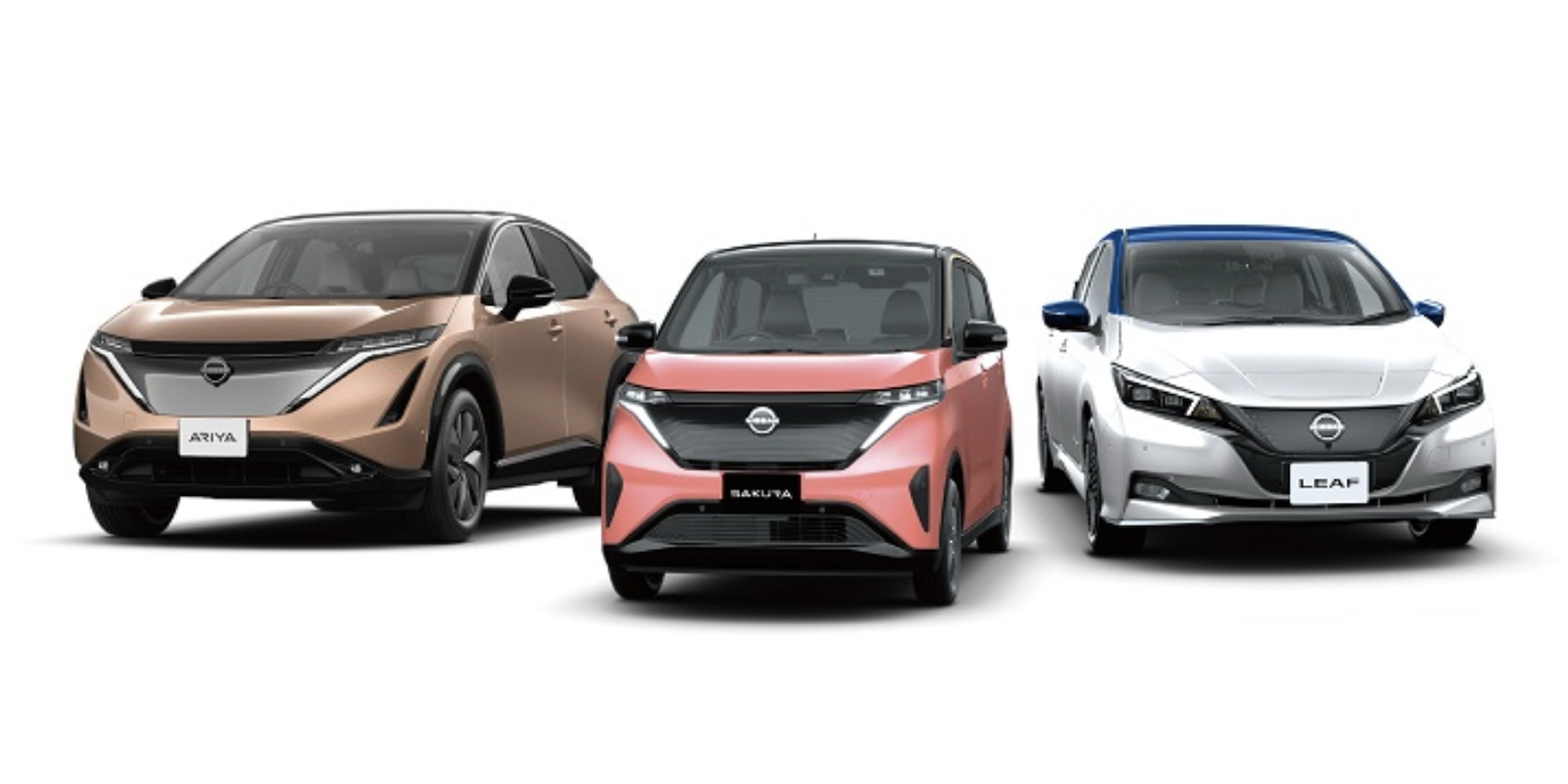
It took a little bit longer than Tesla, but Nissan has arrived. The Japanese automaker whose LEAF was one the symbol of the transition to electrification has reached 1 million fully electric vehicle sales.
Those 1 million sales don’t all belong to the Nissan LEAF. (We’ll surely be receiving another update from Nissan when the LEAF reaches that milestone on its own.) The LEAF was later joined by the Nissan Ariya and the Nissan Sakura — both in 2022.
So far, the LEAF has had more than 650,000 sales across the globe. Regarding the less common EVs in Nissan’s stable, the Ariya is likely to surpass the LEAF’s sales eventually — but it may take a while. Here’s what Nissan had to write about the Ariya and the Sakura:
“In 2022, Nissan started sales of the Nissan Ariya all-electric crossover. The Ariya features Nissan’s latest design language and technologies, such as e-4ORCE all-wheel control and ProPILOT 2.0 advanced driver support. Its sophisticated design won the Auto Color Award 2021 Grand Prix in Japan and the Red Dot Design Award in Germany. The Ariya was also named to Wards 10 Best Interiors & UX list.
“Also in 2022, Nissan launched the Sakura, its first EV in the Japanese minivehicle market. It has received cumulative orders of 50,000 units thanks to its outstanding cabin quietness, powerful yet smooth acceleration, elegantly designed spacious interior, and cruising range ample for daily driving.”
Nissan’s EV stable is still pretty meager, but the company’s plan is to launch 19 new electric models by 2030. Furthermore, to help power those in new and innovative ways, at least some of them are supposed to be powered by in-house all-solid-state batteries. (Emphasis mine.)
These targets are all included in the Nissan Ambition 2030 long-term vision. We’ll see what Nissan can actually achieve!
I don’t like paywalls. You don’t like paywalls. Who likes paywalls? Here at CleanTechnica, we implemented a limited paywall for a while, but it always felt wrong — and it was always tough to decide what we should put behind there. In theory, your most exclusive and best content goes behind a paywall. But then fewer people read it! We just don’t like paywalls, and so we’ve decided to ditch ours. Unfortunately, the media business is still a tough, cut-throat business with tiny margins. It’s a never-ending Olympic challenge to stay above water or even perhaps — gasp — grow. So …




